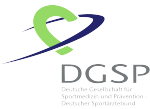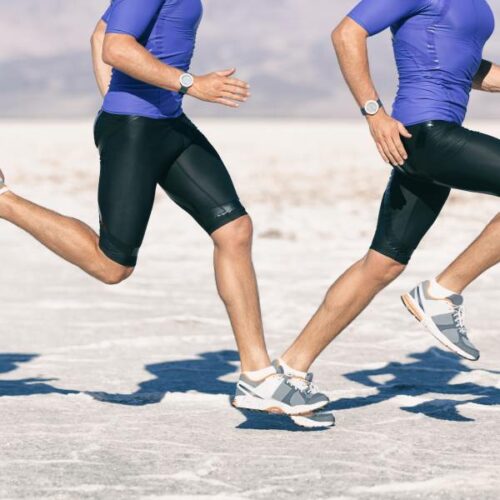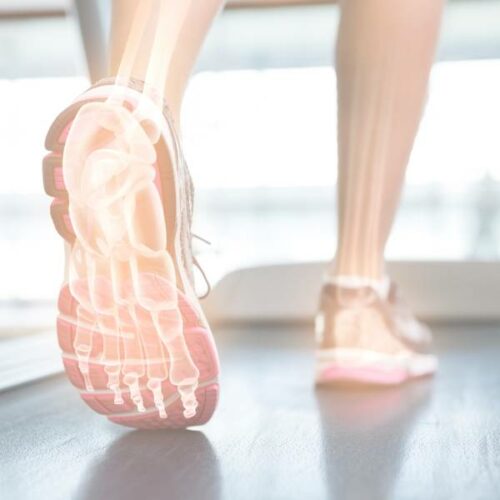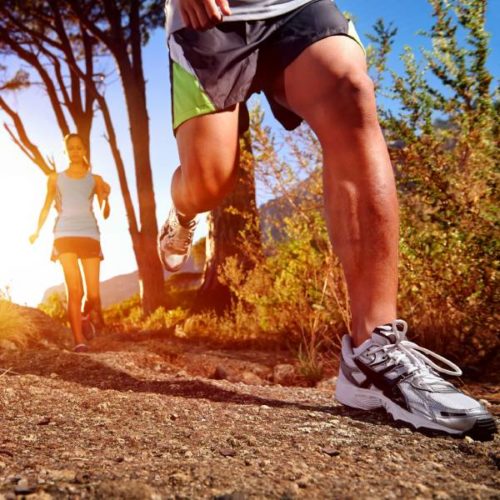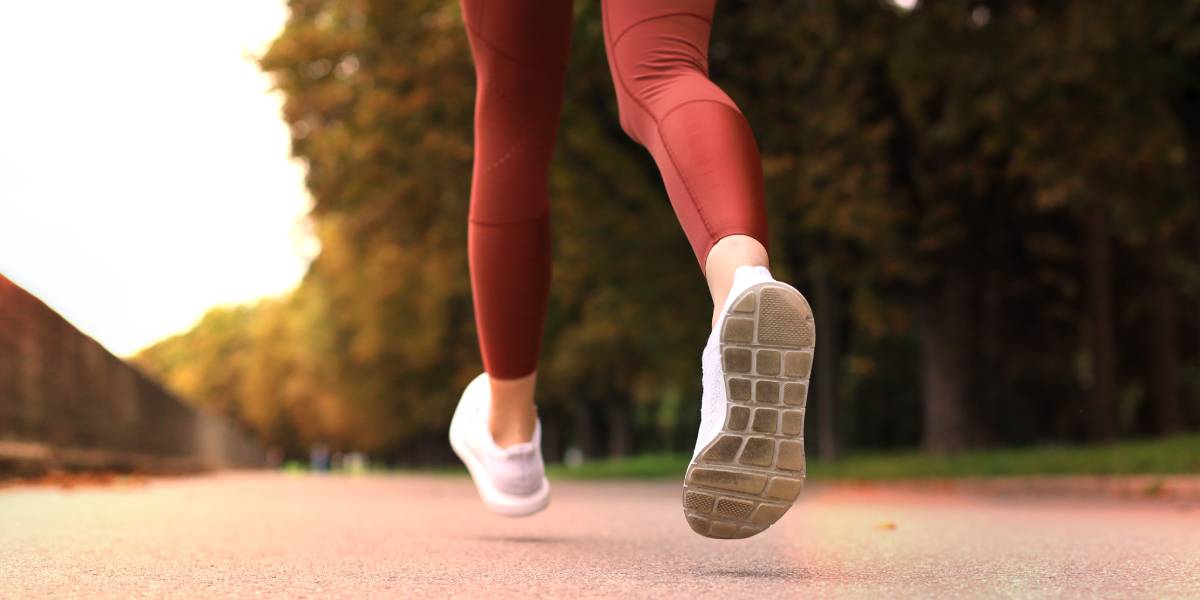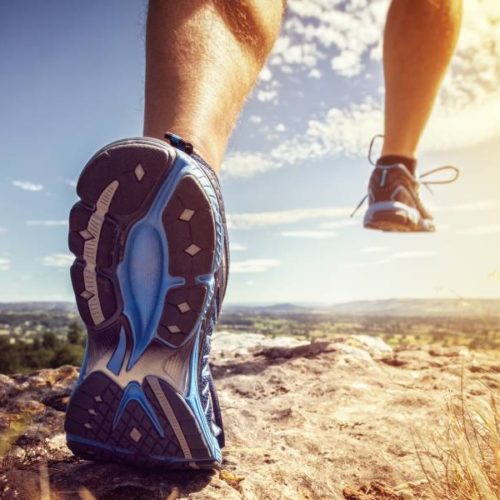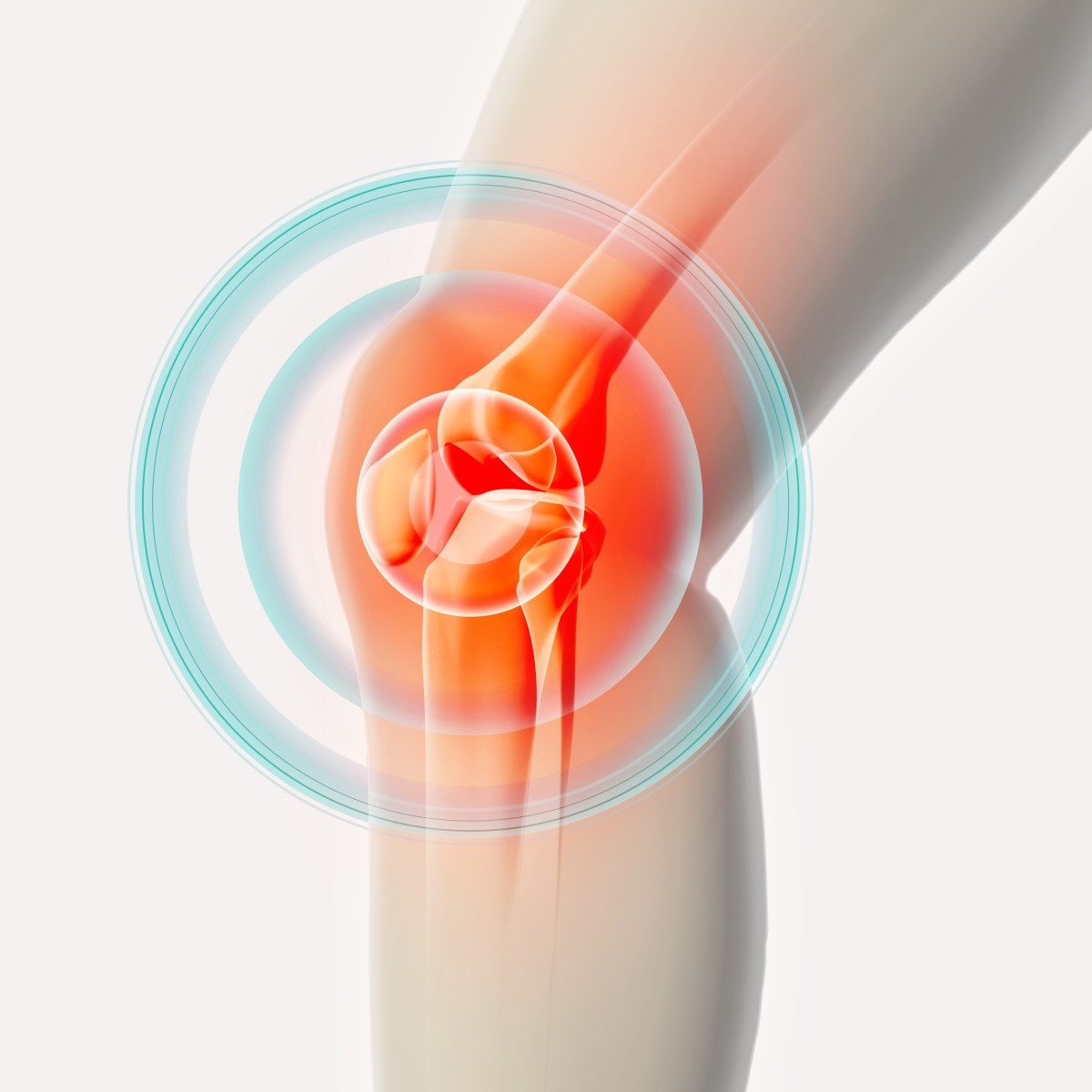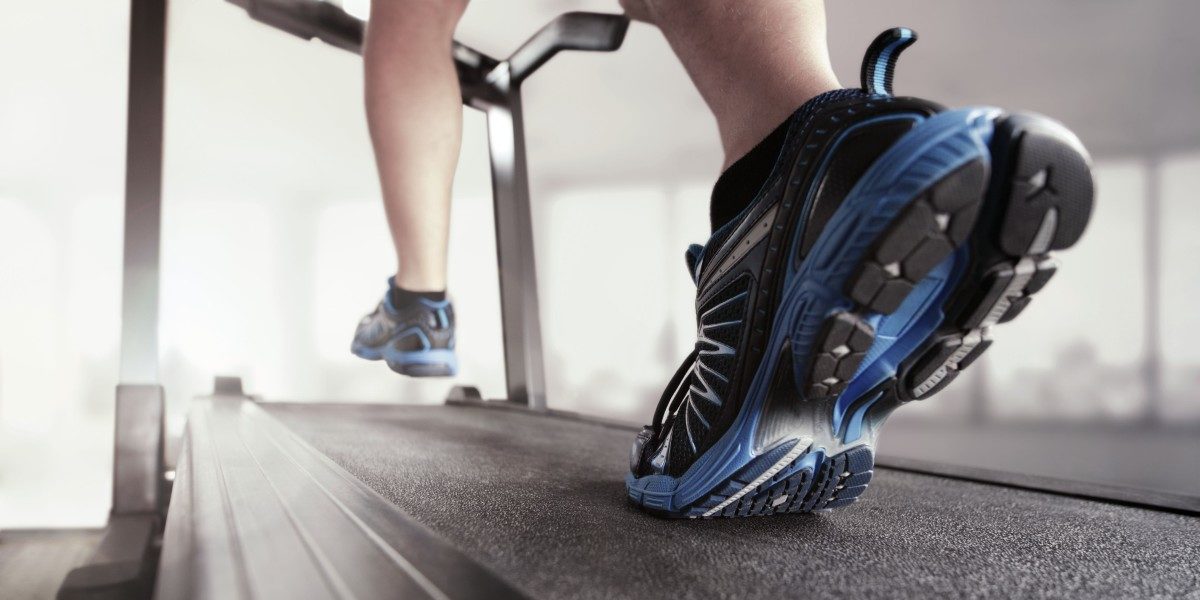Laufmedizin als Spezialisierung innerhalb der Sportmedizin
Englischsprachiges Editorial der Ausgabe 2/2023 der Deutschen Zeitschrift für Sportmedizin (DZSM). Prof. Adam Tenforde ist Sportmediziner am Spaulding National Running Center, einem der wenigen laufmedizinischen Zentren in den USA, das sich ausschließlich Laufverletzungen widmet. Prof. Karsten Hollander ist leitender Mannschaftsarzt beim Deutschen Leichtathletik-Verband und DZSM-Schriftleiter. Gemeinsam beleuchten die beiden verschiedene Therapiestandards und Rehabilitationsprogramme in der medizinischen Betreuung von Läufern.
Sports medicine is an interdisciplinary specialty that provides care to athletes and active individuals by addressing both health concerns that result from participating in sports or health conditions that may influence the ability to safely participate in physical activity. This includes musculoskeletal injuries, neurological impairments such as concussion, but also includes cardiology, dermatology, sports nutrition, psychology, and many other medical and psychological conditions that may be affected by or affect participation in physical activity. Similarly, running medicine expands beyond treatment of acute and chronic musculoskeletal injuries and includes addressing other health conditions and ensuring the overall health and well-being of those who choose to participate in the sport of running.
The primary reason runners may see a running medicine physician is to identify and treat sources of musculoskeletal pain. However, it should be considered that runners may perceive health complaints differently than medical professionals and as a ‘normal’ part of running practice (20). Commonly, runners will hesitate to seek care from a physician as they are expecting to be told to stop running. While this advice may be well-intentioned, physicians should consider the impact that being told to give up a sport that is loved by their patient may negatively influence desire to seek further care from physicians.
Running medicine requires physicians to provide appropriate counseling on the role of modifying participation in running as part of the treatment plan. In general, overuse injuries to bone, described as bone stress injuries, require phases of recovery including temporary discontinuation of running to offload the affected bone(s), structured physical therapy incorporating land-based exercises, evaluation and possibly modify running biomechanics and footwear, followed by a gradual return to sport guided by maintaining a pain-free status (5, 8, 18).
Intraarticular injuries to the foot and ankle, knee, and hip are important to characterize. Intra-articular injuries to the joint, including cartilage, meniscus, labrum, and subchondral bone are important to identify and ensure athletes achieve pain-free status to reduce progression to or worsening of osteoarthritis (1, 12). In contrast, injuries localized to tendon are referred to as tendinopathy and evidence from management of Achilles tendon disorders suggests pain below 5 on a scale of 0 to 10 can be acceptable during running for long-term recovery from this injury with a structured tendon loading program to restore tendon function (13).
Injuries to other soft tissue such as iliotibial band syndrome and plantar fasciopathy are also prevalent in runners and may follow similar guidelines while clear evidence is still missing (11, 17). Cross-training in the form of deep water running, stationary cycling, anti-gravity treadmill running or use of aerobic equipment such as an elliptical can provide alternative forms of physical activity to maintain cardiovascular fitness and enjoyment of physical activity.
The diagnosis and treatment of an injury also require running medicine physicians to provide a more detailed and monitored rehabilitation program (6, 14). Our opinion is that physical therapy should be standard for any running-related injury, as relative rest does not reliably treat the underlying impairments that contribute to risk of the injury. Physical therapists who specialize in treatment of running-related injuries can provide appropriate guidance and patient education to ensure appropriate rehabilitation and treatment plans are followed. A newer aspect of physical therapy is gait evaluation and retraining (4, 9).
Prior to performing a gait evaluation, an injured runner must be able to safely run on a treadmill for typically 3000 meters. Components of the assessment include video assessment to evaluate kinematics and measurement of kinetic variables of ground reaction forces (4, 9). Measures of ground reaction forces can be accomplished through the use of a treadmill with an embedded force plate or estimated by the use of wearable devices such as tri-axial accelerometers which may provide surrogates for ground reaction forces and other biomechanical variables (3, 19). The combination of identifying kinematic and kinetic variables specific to injury is important (7, 10). One key aspect of strength and flexibility is addressed by physical therapists, an individualized gait retraining program with faded feedback design can be effective to treat biomechanical factors contributing to a running-related injury (4).
Mental health of runners is important to address, especially in the treatment of injury (15). Many runners find participation in the sport as a physical activity that helps to deal with life stressors along with serving as a non-pharmacological method to manage mental health including underlying anxiety and depression. Addressing both physical and mental health should be part of treatment. Injured runners may benefit from seeing sports psychologists or working with existing mental health providers with coordination of care to ensure mental health is addressed during injury.
Running medicine physicians can also provide effective interventions to treat musculoskeletal injuries. Corticosteroid injections have been historically used to treat pain and associated inflammation but should be used with caution in active individuals due to concerns for risk of long-term damage to soft tissue and bone as well as due to the World Anti Doping Agency’s injection prohibition during in-competition periods and long wash-out times. Other forms of injection include the use of regenerative medicine techniques. Autologous use of platelet-rich plasma can help to isolate key growth factors in blood and be injected into sites of injury to stimulate healing.
Other strategies to stimulate healing include use of dextrose solution (prolotherapy) or other cell-based treatments with bone marrow or adipose-derived tissue. Guidelines for responsible use in sports medicine have been proposed and likely require a structured rehabilitation program to ensure effectiveness (2). Alternative physical medicine interventions may help with tissue healing. This includes the use of extracorporeal shockwave therapy, technology that uses sound waves and pressure waves to disrupt diseased tissue and treat pain mechanisms (16).
Running medicine also requires expertise in recognizing multidisciplinary health concerns both unique to athletes and communicating the benefits of physical activity including running to the general community (figure 1, see supplemental material online). Education to the running community and structured medical training can help develop both the science and art of advocating for runners. It is a joy to provide care for runners and support this sport!

■ Tenforde AS, Hollander K
Ähnliche Beiträge zum Thema finden Sie weiter unten!
Quellen:
Crossley KM, van Middelkoop M, Callaghan MJ, Collins NJ, Rathleff MS, Barton CJ. 2016 Patellofemoral pain consensus statement from the 4th International Patellofemoral Pain Research Retreat, Manchester. Part 2: recommended physical interventions (exercise, taping, bracing, foot orthoses and combined interventions). Br J Sports Med. 2016; 50: 844-852. doi:10.1136/bjsports-2016-096268
Finnoff JT, Awan TM, Borg-Stein J, Harmon KG, Herman DC, Malanga GA, Master Z, Mautner KR, Shapiro SA. American Medical Society for Sports Medicine Position Statement: Principles for the Responsible Use of Regenerative Medicine in Sports Medicine. Clin J Sport Med. 2021; 31: 530-541. doi:10.1097/JSM.0000000000000973
Fohrmann D, Hamacher D, Sanchez-Alvarado A, Potthast W, Mai P, Willwacher S, Hollander K. Reliability of Running Stability during Treadmill and Overground Running. Sensors (Basel). 2022; 23: 347. doi:10.3390/s23010347
Gaudette LW, Bradach MM, de Souza Junior JR, Heiderscheit B, Johnson CD, Posilkin J, Rauh MJ, Sara LK, Wasserman L, Hollander K, Tenforde A. Clinical Application of Gait Retraining in the Injured Runner. J Clin Med. 2022; 11: 6497. doi:10.3390/jcm11216497
Hoenig T, Eissele J, Strahl A, Popp KL, Stürznickel J, Ackerman KE, Hollander K, Warden SJ, Frosch KH, Tenforde AS, Rolvien T. Return to sport following low-risk and high-risk bone stress injuries: a systematic review and meta-analysis. Br J Sports Med. 2023: bjsports-2022-106328. doi:10.1136/bjsports-2022-106328
Hoenig T, Nelson EO, Troy KL, Wolfarth B, Heiderscheit BC, Hollander K. Running-related injury: How long does it take? Feasibility, preliminary evaluation, and German translation of the University of Wisconsin running and recovery index. Phys Ther Sport. 2021; 52: 204-208. doi:10.1016/j.ptsp.2021.09.007
Hoenig T, Rolvien T, Hollander K. Footstrike patterns in runners: concepts, classifications, techniques, and implicationsfor running-related injuries. Dtsch Z Sportmed. 2020; 71: 55-61. 10.5960/dzsm.2020.424
Hoenig T, Tenforde AS, Strahl A, Rolvien T, Hollander K. Does Magnetic Resonance Imaging Grading Correlate With Return to Sports After Bone Stress Injuries? A Systematic Review and Meta-analysis. Am J Sports Med. 2022; 50: 834-844. doi:10.1177/0363546521993807
Hollander K. Biomechanik des Laufens – Implikationen für laufbedingte Verletzungen und zukünftige Forschungsfelder. Dtsch Z Sportmed. 2020; 71: 53-54. 10.5960/dzsm.2019.411
Hollander K, Johnson CD, Outerleys J, Davis IS. Multifactorial Determinants of Running Injury Locations in 550 Injured Recreational Runners. Med Sci Sports Exerc. 2021; 53: 102-107. doi:10.1249/MSS.0000000000002455
Hutchinson LA, Lichtwark GA, Willy RW, Kelly LA. The Iliotibial Band: A Complex Structure with Versatile Functions. Sports Med. 2022; 52: 995-1008. doi:10.1007/s40279-021-01634-3
Martel-Pelletier J, Barr AJ, Cicuttini FM, Conaghan PG, Cooper C, Goldring MB, Goldring SR, Jones G, Teichtahl AJ, Pelletier JP. Osteoarthritis. Nat Rev Dis Primers. 2016; 2: 16072. doi:10.1038/nrdp.2016.72
Millar NL, Silbernagel KG, Thorborg K, Kirwan PD, Galatz LM, Abrams GD, Murrell GAC, McInnes IB, Rodeo SA. Tendinopathy. Nat Rev Dis Primers. 2021; 7: 1. doi:10.1038/s41572-020-00234-1
Nelson EO, Ryan M, AufderHeide E, Heiderscheit B. Development of the University of Wisconsin Running Injury and Recovery Index. J Orthop Sports Phys Ther. 2019; 49: 751-760. doi:10.2519/jospt.2019.8868
Reardon CL, Hainline B, Aron CM, Baron D, Baum AL, Bindra A, Budgett R, Campriani N, Castaldelli-Maia JM, Currie A, Derevensky JL, Glick ID, Gorczynski P, Gouttebarge V, Grandner MA, Han DH, McDuff D, Mountjoy M, Polat A, Purcell R, Putukian M, Rice S, Sills A, Stull T, Swartz L, Zhu LJ, Engebretsen L. Mental health in elite athletes: International Olympic Committee consensus statement (2019). Br J Sports Med. 2019; 53: 667-699. doi:10.1136/bjsports-2019-100715
Reilly JM, Bluman E, Tenforde AS. Effect of Shockwave Treatment for Management of Upper and Lower Extremity Musculoskeletal Conditions: A Narrative Review. PM R. 2018; 10: 1385-1403. doi:10.1016/j.pmrj.2018.05.007
Rhim HC, Kwon J, Park J, Borg-Stein J, Tenforde AS. A Systematic Review of Systematic Reviews on the Epidemiology, Evaluation, and Treatment of Plantar Fasciitis. Life (Basel). 2021; 11: 1287. doi:10.3390/life11121287
Tenforde A, Hoenig T, Saxena A, Hollander K. Bone Stress Injuries in Runners Using Carbon Fiber Plate Footwear. Sports Med. 2023. Epub ahead of print. doi:10.1007/s40279-023-01818-z
Tenforde AS, Hayano T, Jamison ST, Outerleys J, Davis IS. Tibial Acceleration Measured from Wearable Sensors Is Associated with Loading Rates in Injured Runners. PM R. 2020; 12: 679-684. doi:10.1002/pmrj.12275
Verhagen E, Warsen M, Silveira Bolling C. ‘I JUST WANT TO RUN’: how recreational runners perceive and deal with injuries. BMJ Open Sport Exerc Med. 2021; 7: e001117. doi:10.1136/bmjsem-2021-001117

